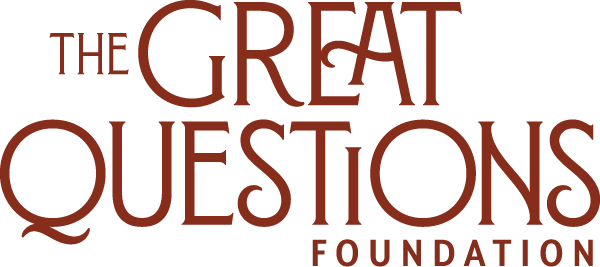The Elements
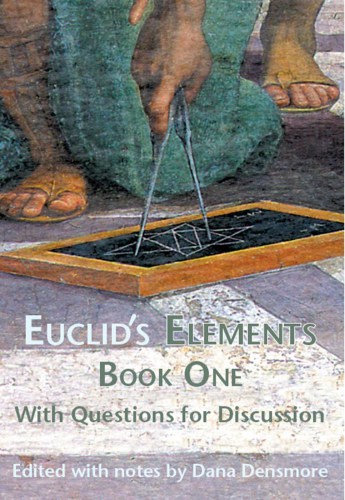
Euclid’s text is a model for how to think clearly and logically. Through the study and demonstration of his geometrical proofs, students learn the structure of logical arguments and what it means to prove something. After one understands an entire proof of Euclid’s, you know what it feels like to really know that something is true. His proofs provide a window onto the beauty of truth and inspire us to want to open it further. Studying this text provides a benchmark by which students can judge how well they know other things. “Is this as clear to me as a Euclid proof?” If not, there is more to understand and work to be done!
Kreutzer Sonata
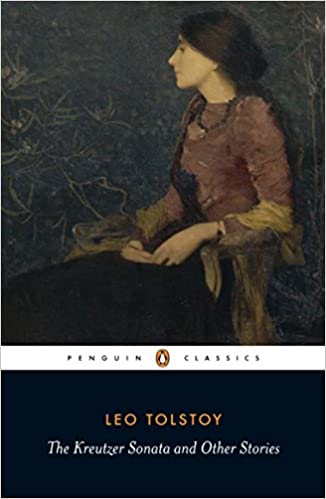
The Kreutzer Sonata raises important questions about the duality of human being as animal, governed by instinct and impulse, and spiritual, shaped by mutable law and tradition. Pozdnyshev’s story prompts readers to investigate this shared territory for the grounds of their own romantic relationships and provides a vivid physiological portrait of jealous rage. Tolstoy’s work highlights an often overlooked dimension of Beauty, its frightening capacity to inspire violence and self-delusion. While others exult the transformative power of love, music and culture in transfiguring human life, Tolstoy indicates that each may facilitate a transformation to a condition beneath the bestial. Pozdnyshev’s indictment of gender roles, sexual mores and so-called “high society” retains its power when applied to contemporary circumstances. While readers today will note great differences in our social relations, this text will implore them to ask which ones constitute an improvement, to what extent and at what expense.
The Rihala
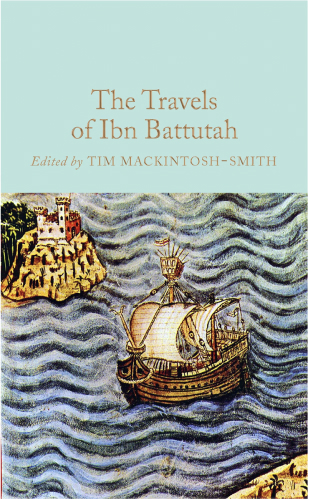
Rihla is about passion for traveling, learning, and experiencing new cultures. Battuta had a great appetite for travel and adventures, and this sentiment comes across to the readers. The beauty of the text lies in its vivid description of people, flora-fauna, food, and customs of the land he travelled. Ibn Juzayy, the writer of the text brilliantly interspersed these physical descriptions with poetry and satirical personal anecdotes. Rihla is an exceptional travelogue and exposes the global interconnectedness of the medieval world, something that is challenging for first year students to comprehend. The text is also an excellent commentary on fourteenth-century global economics, polity, and international relations.
Mahabharata / Bhagavad Gita
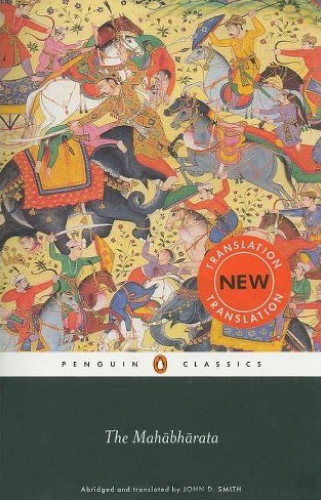
Mahabharata is the ultimate tale ever told; it is the longest poem in the world with almost 80,000 verses. It’s ingenious and engaging stories have captured the fancy of people for centuries and its stories and characters have found afterlives in contemporary drama, cinema, and popular culture including music and video games. What is most beautiful about the text is that there is no single Mahabharata, but many. While the Sanskrit version of the text is believed to have been composed by the mythical sage Vyasa, several versions or recensions of the texts appear in many different South Asian languages and traditions. This not only reflects on the diverse communal tradition of the subcontinent, but also about the power of the stories narrated. Students can find meaning in the stories because of their relatable themes of human aspirations, greed, lust, and resentment.
The Analects
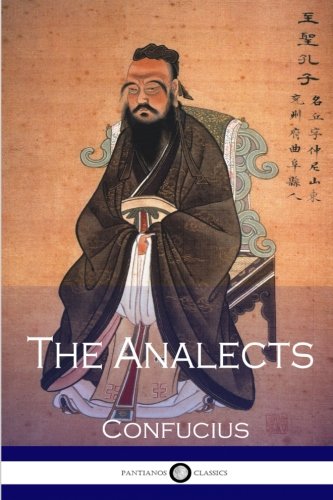
Analects is about morality, and introduces students to the Confucian way or, path. While students may not choose to agree with Confucius understanding of morality and social hierarchical relationships, it is in this disagreement and dialogue that lies the essence of Analects. It is important that students can connect with the text and can reflect on it through their experience. Confucius lived in a period of acute political and cultural crisis, and this is reflected in the text. First year students who also face climate, moral or social crises can reflect on the text and come to their own conclusions about an ideal society and government.
The Story of an African Farm
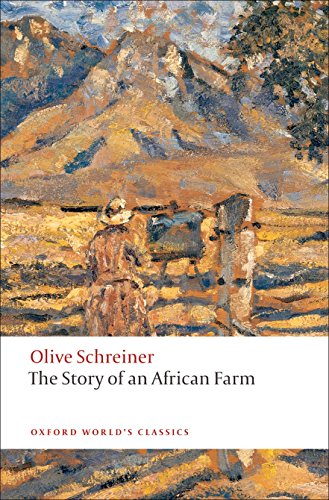
Students are likely to be both surprised and intrigued by the modernity of ideas and situations in the novel. If they are familiar with Victorian literature or culture or have some sense of it, the nature of the sexual relationships, Lyndall’s feminism, the complicated race relations, and one character’s decision to live as a different gender for a period of time, will likely challenge what they think they know about the period, not to mention any impressions they may have about rural South African culture (if any). The book raises questions about gender, sexuality, responsibility, child rearing and abuse, spirituality, the nature of work/labor, and tension between the natural world and man-made world. Long passages of interior thoughts, particularly those of Waldo and Lydall, provide ample philosophical meat on which students may chew. This is a novel that has the ability to transform through testing students’ assumptions and beliefs. Much of what it discusses feels as important in our current place and moment as Schreiner felt it was in hers.
To the Lighthouse
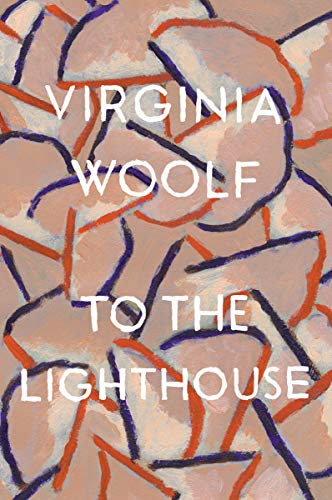
Students may feel challenged by To the Lighthouse, as it is less of a story, and more an experience in witnessing the interior thoughts and feelings of a group of characters set against the same backdrop. Each character brings not only their own focus, but their own set of preoccupations: Mrs. Ramsey wants to provide certain experiences to her family members and guests, Mr. Ramsey wants to feel challenged and successful intellectually, Lily wants to be able to capture her perception in her art. Young James wants to feel loved and protected by his mother and to go to the lighthouse. The structure of the novel allows Woolf to explore ideas such as aesthetics and creativity, intellectual ambition, romantic love and other relationships, gender, and loss. The novel allows readers to think about thinking—how we do it, how we do it differently from one another, and how frustrating it can be, which could lead to productive discussions about metacognition.
Symposium

The Symposium consists of a series of speeches about love given by Socrates and his friends during a drinking party at the house of Agathon. Having overindulged the night before in celebration of Agathon’s award winning play, the group agrees to pace themselves tonight by means of their speeches to the god of love. Phaedrus starts things off, followed by Pausanias and Euryximachus. Next, Aristophanes delivers his unforgettable origin myth, explaining our unconquerable urge to unite with our one true love as a literal seeking out of our other half. After Agathon delivers a beautiful but sophistical speech praising love, the dialogue culminates with Socrates telling the group about what he learned from Diotima, the woman who trained him in the erotic arts. According to this teaching, love is a desire for the good eternally, and it achieves this through giving birth, both physically and spiritually.
Song of Solomon
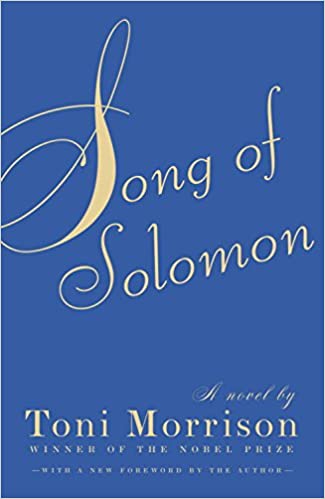
Complex characters sit at the center of every Toni Morrison novel. She creates all her characters, these flawed and human people, the admirable and disreputable characters, with great empathy and love, and we as readers love them as well. She constructs the novel from a mixture of history, myth, spirituals and the supernatural that makes the writing deeply resonant. What is past is never past, as the ancestors are always present. In a Toni Morrison novel, understanding one’s ties to these ancestors and healing the traumas of the past brought into the present are integral to self-acceptance and moving forward.
Incidents in the Life of a Slave Girl
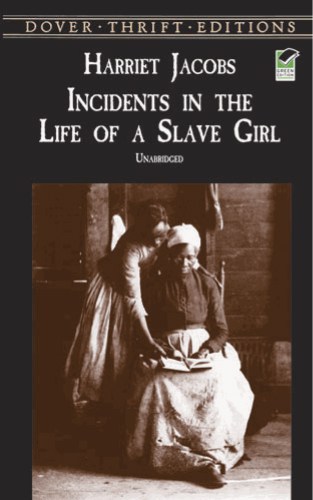
“Incidents in the life of a Slave Girl” addresses the particular issues of being a woman and a slave. Few slave narratives focus on these specific details. Jacobs is writing early Black feminism and bringing the question of Black female empowerment into the feminist conversation that won’t really accept it for quite some time.

